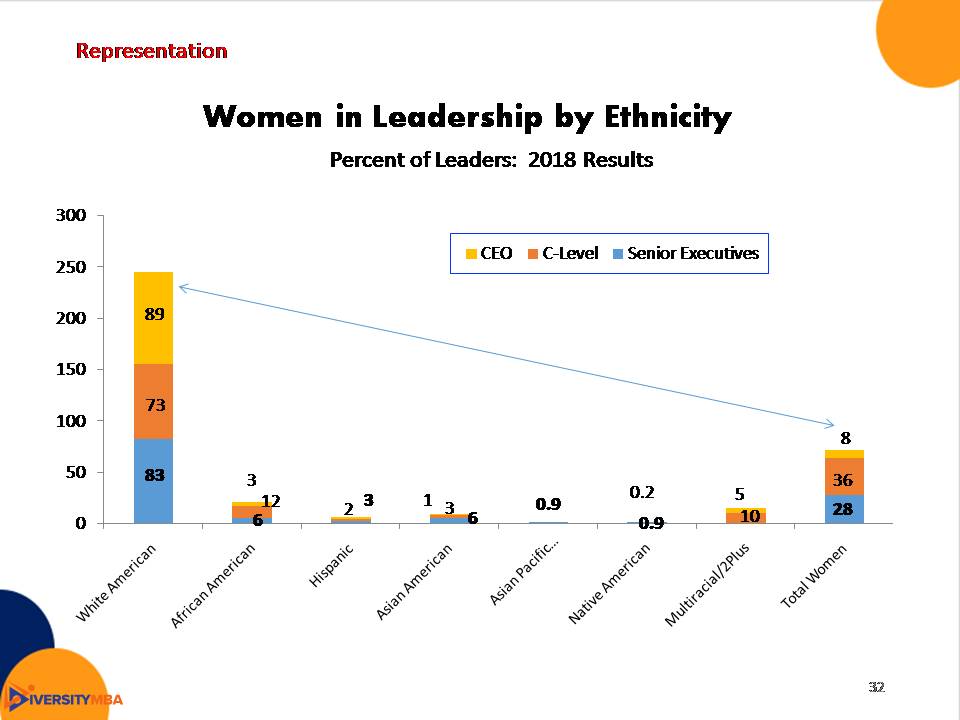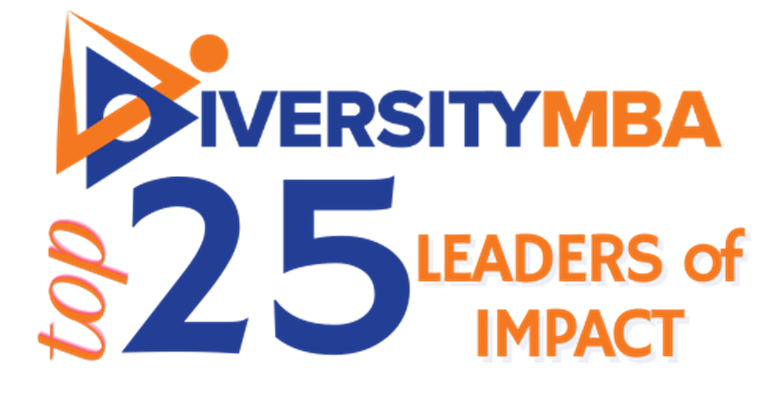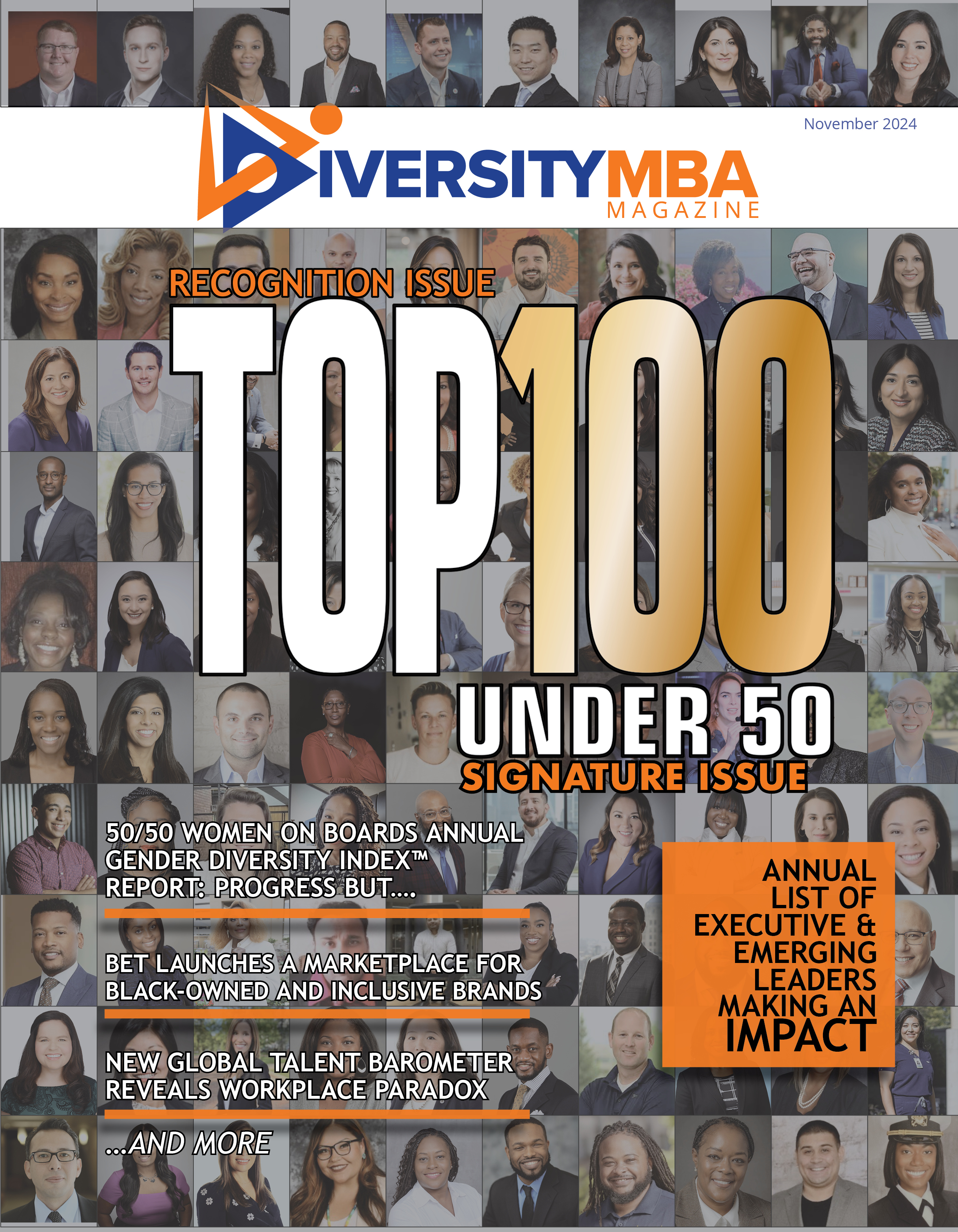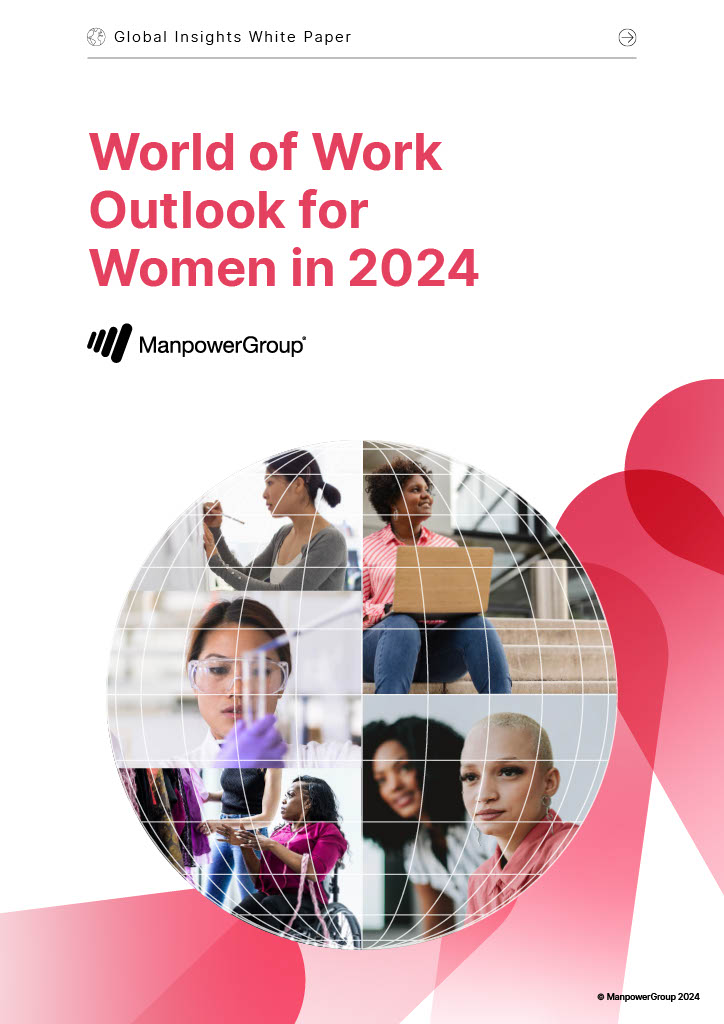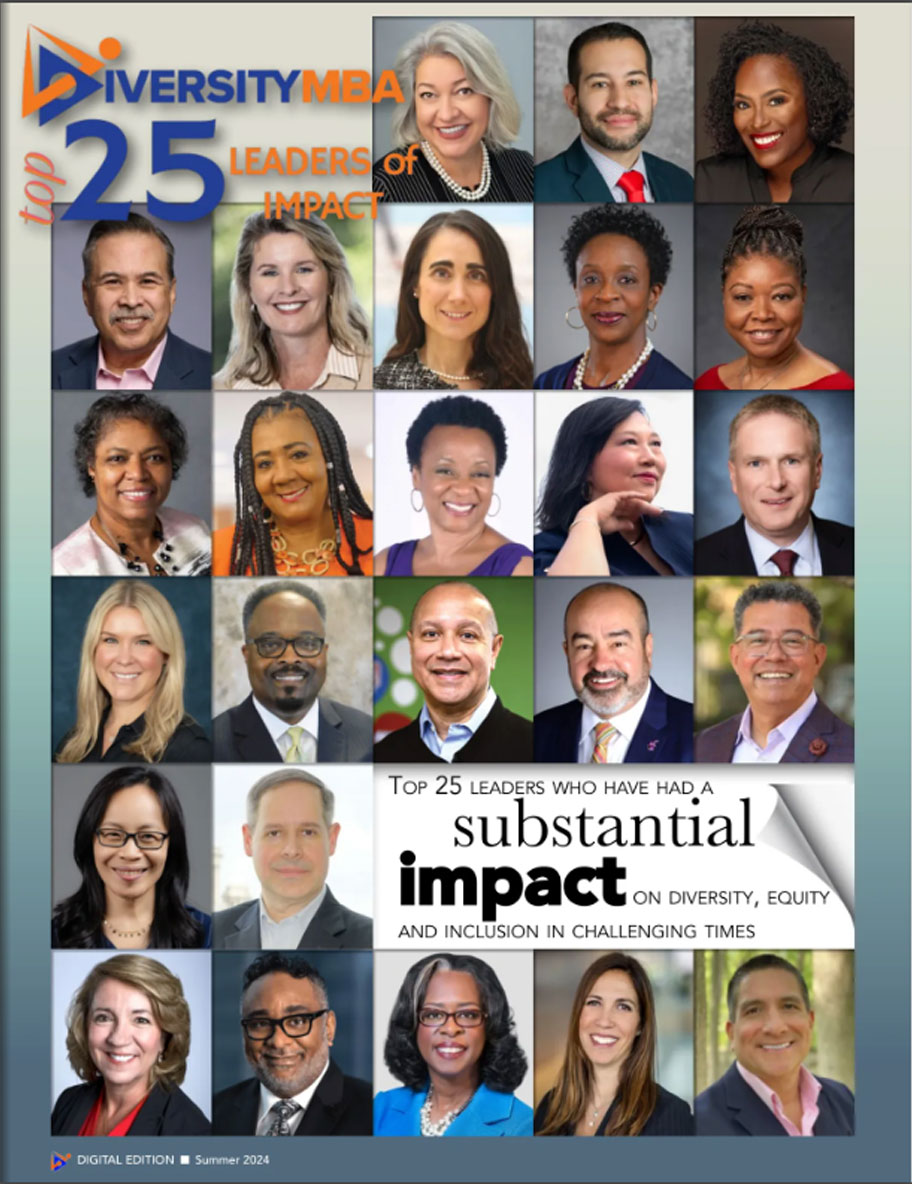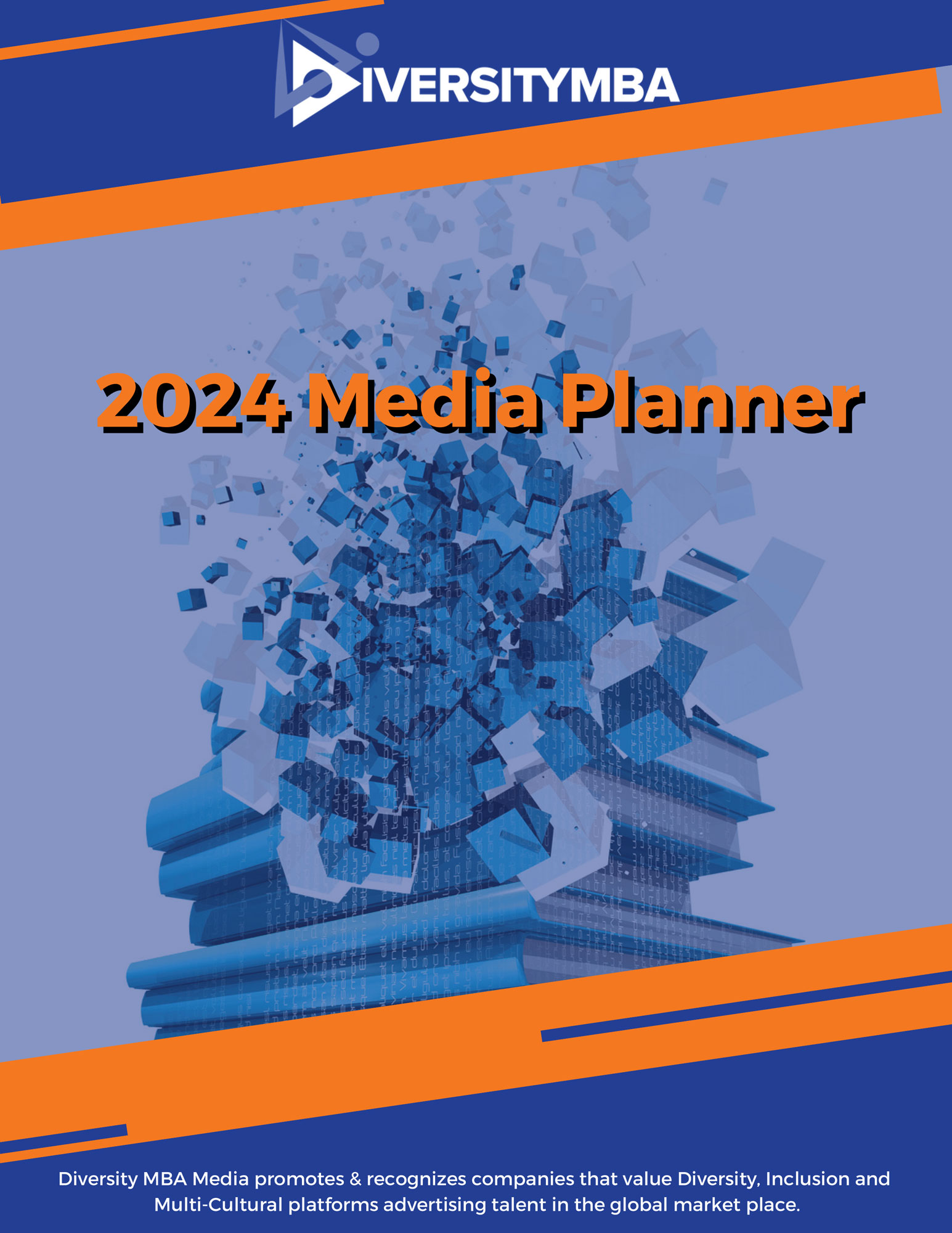How leaky is the pipeline for woman?
Leaky Talent Pipeline Series
The intent of this series is to encourage dialogue about the impact of the leaky talent pipeline for women, people of color and identity. This is the first of a series of six articles. The insights are from the DMBA Inclusive Leadership Index (ILI), many discussions with leaders about what is occurring in their organizations and my own observations as an expert. While I recognize I will provide some opinion, the data is relevant, current and real. The DMBA ILI has more than 800 companies participating, with an average employee base of 35,000 for multi-nationals, and 5,000 average employees for regional companies.
In celebration of international women’s month, it is only appropriate to start with women. With the enactment of the 19th amendment ending women’s suffrage and beginning of the women’s equal rights movement. On August 26, 1920 this amendment gave voice to white women, not all women. While the underlying intent was to allow all women the right to vote and advance in the workplace; it only benefitted one group. This is important to understand the framework of how white woman were positioned to advance first and faster. It is no one’s fault, it is the reality. I will discuss the impact of affirmative action later in this series.
When we talk about women in the workforce, in reality we are referencing white women and not all women. The simple truth is women of color are in a separate category. My intent is not to dismiss or diminish the progress of white women, but to emphasize that white women do not satisfy the representation of diversity. Unfortunately, many companies celebrate the advancement of white woman only as their success metric for achieving diversity in leadership and management roles.
Important to note that women employee resource groups, in North America are primarily attended by white women. The paradigm shift here is that this group needs to diversify. Today, less than 15 percent have women of color as regular members in North America.
Now that we know white women are used as the way to drive diversity in management and leadership; there is still the question of parity on boards, in the C-suites and in senior leadership roles for women. What is happening in the workplace around the advancement of white woman? Based on the DMBA ILI current results these insights should allow you to gage where your organization is with parity of women in the workplace and leniency towards advancing white women faster; as well as issues around access. The talent readiness of the management and leadership pipeline are white Americans. The insights below will provide you insights on the landscape of women in leadership and management.
- DMBA index shows that US employee base is 52 percent male and 48 percent female;
- Recognize that white men are the primary group with access, and are promoted at the fastest rate of all groups;
- white women are promoted 3 times faster than all people of color and 5 times faster than women of color;
- There are 80 percent more white women ready for advancement than women of color;
- 83 percent of white Americans are in the c-suite, and only 27 percent are women; and of that 27 percent 100 percent are white women;
- 86 percent of senior executives are white Americans and 28 percent are women; of that 28 percent 83 percent are white women, and 17 percent are women of color;
- 83 percent of vice president roles are white Americans; and 79 percent of director roles are white Americans; with less than 25 percent in both categories are people of color;
- 69 percent of middle manager roles are white Americans, which is good news; because more than 30 percent are people of color; and less than 15 percent are women of color;
- 93 percent of companies in the DMBA ILI have an intentional strategy to diversify their boards, yet 72 percent of Fortune 500 boards are dominated by White men. Women represent 31 percent of board of directors in the DMBA ILI.
- 59 percent of companies have either informal or have no sponsorship program. Without sponsorship It takes longer to facilitate readiness for women and people of color.
White Americans continue to dominate leadership ranks with slow progress to integrate people of color. Less than 10 percent of leadership positions are held by people of color. White women continue to be the fastest growing group advancing into senior leadership roles. The reality is that companies that do not have people of color in their ranks ready, favor advancing white women. This is the practice, but not necessarily the best practice. To change this there must be intentional strategies aligned with accountability to advance people of color.
An intentional Best Practice is to double the readiness programs with women and people of color. Hire external diverse talent to fill key roles; and re-skill existing workforce to move progress faster. Doing all of these will help break the cycle.
My question for you all, are what are some of the innovative and creative ways your organization is doing to advance talent, specifically women?
Add website link: www.diversitymbamagazien .com
